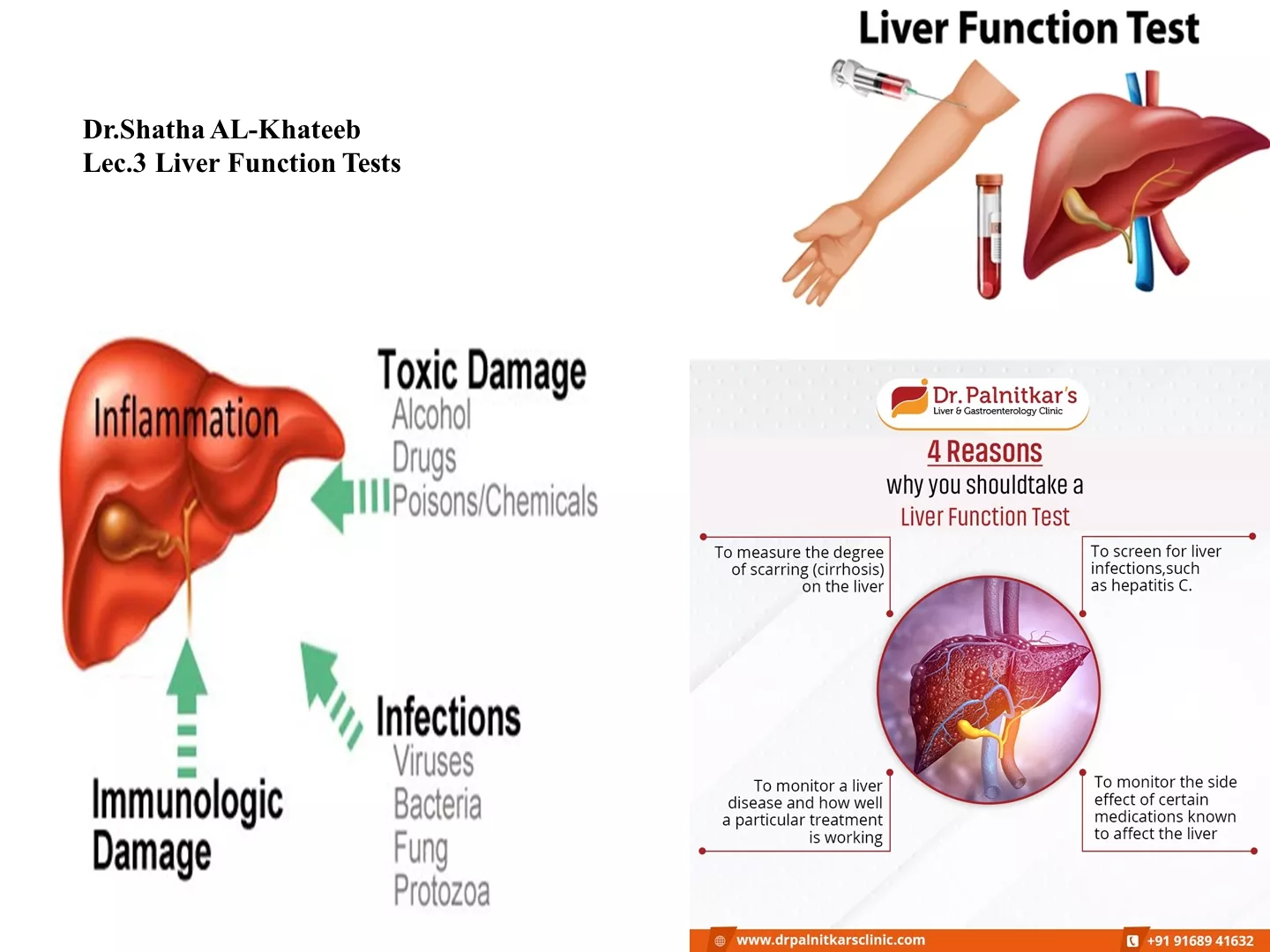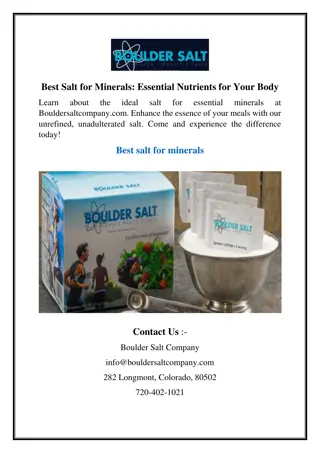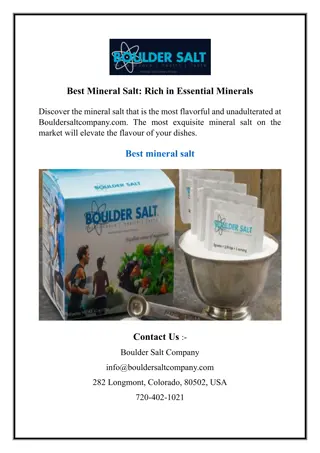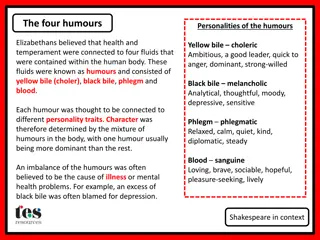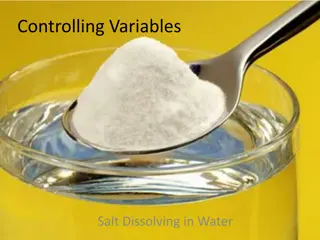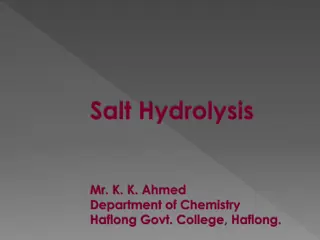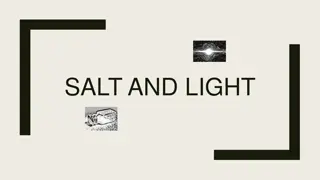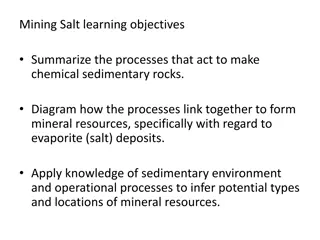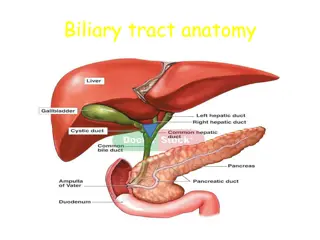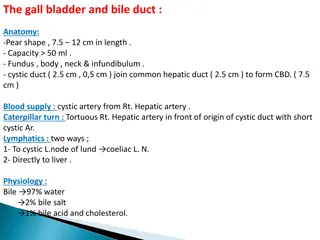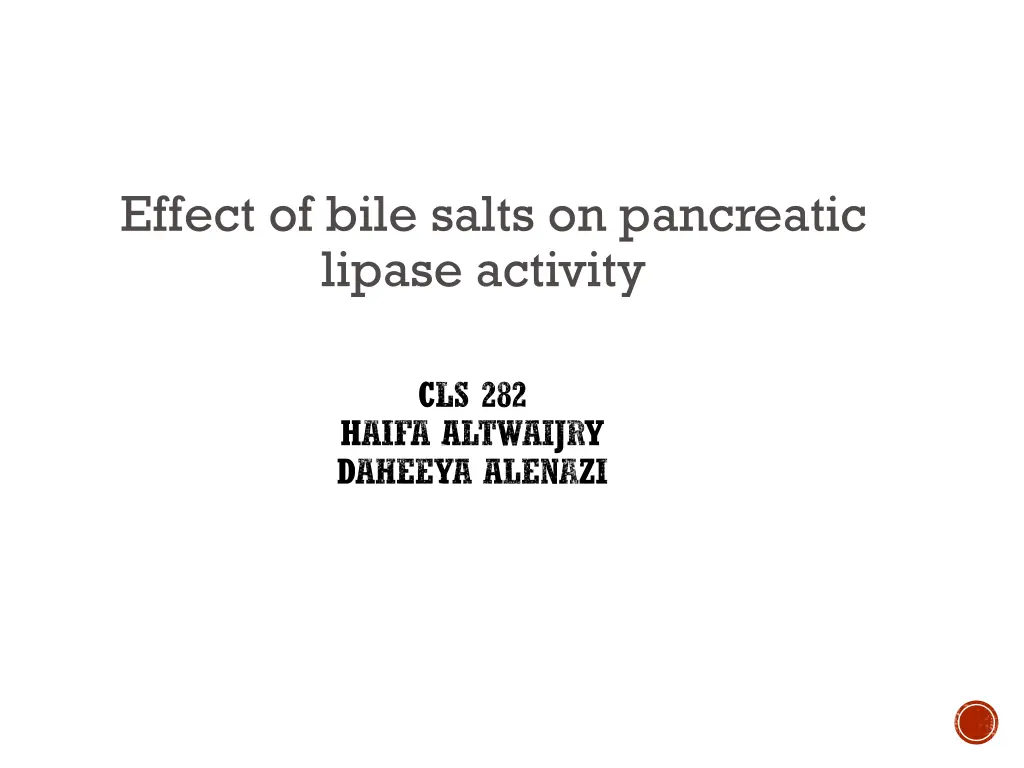
Bile Salts and Pancreatic Lipase Activity
Understand the impact of bile salts on pancreatic lipase activity, essential for fat digestion in the human body. Bile salts aid in emulsification, breaking down large fat droplets into smaller ones for improved enzymatic action. Learn about the function of bile salts, examples, and their role in lipid hydrolysis.
Download Presentation

Please find below an Image/Link to download the presentation.
The content on the website is provided AS IS for your information and personal use only. It may not be sold, licensed, or shared on other websites without obtaining consent from the author. If you encounter any issues during the download, it is possible that the publisher has removed the file from their server.
You are allowed to download the files provided on this website for personal or commercial use, subject to the condition that they are used lawfully. All files are the property of their respective owners.
The content on the website is provided AS IS for your information and personal use only. It may not be sold, licensed, or shared on other websites without obtaining consent from the author.
E N D
Presentation Transcript
Effect of bile salts on pancreatic lipase activity CLS 282 HAIFA ALTWAIJRY DAHEEYA ALENAZI
Introduction Pancreatic lipase, is secreted from the pancreas, that hydrolyzes dietary fat molecules in the human digestive system, converting triglyceride substrates found in ingested oils to monoglycerides and free fatty acids.
INTRODUCTION : .
Bile consists of watery mixture of organic and inorganic compounds. Bile can either pass directly from the liver where it is synthesized into the duodenum through the common bile duct where they coat and emulsify large fat droplets into smaller droplets, thus increasing the overall surface area of the fat.
which allows the lipase to break apart the fat more effectively, or bile stored in the gallbladder when not immediately needed for digestion
PRINCIPLE OF LIPID HYDROLYSIS Pancreatic Lipase
BILE SALTS FUNCTION *In digestion, lipids start out as large globs that are hard for enzymes to get to and for the body to absorb. The bile salts aid in emulsification, meaning that they break down the big glob into smaller ones. This way, the lipases have more surface area to work on. *Bile salts hasten the hydrolysis by increased enzyme catalysis.
So, they are important in digestion of fats. Because they lower tension of fatty materials which enable them to emulsified in an aqueous medium. That mean increases the surface area of fat, making it available for digestion by lipases, which cannot access the inside of lipid droplets .
EXAMPLES OF BILE SALTS: 1. Sodium glycocholate and sodium taurocholate are examples of bile salts. 2. Potassium and calcium bile salts are also common. 3. Deoxycholic acid. 4. Glycocholic acid (cholylglycine).
Method B(control) A 0.5ml Vegetable oil +2.0 ml Sodium cholate(as bile salts) +4ml Pancreatin solution http://t1.gstatic.com/images?q=tbn:CHJhS2_sC_YMIM:http://www.camlab.co.uk/siteimages%252Fglassware%252Ffl00330_fl00365.gif http://t1.gstatic.com/images?q=tbn:CHJhS2_sC_YMIM:http://www.camlab.co.uk/siteimages%252Fglassware%252Ffl00330_fl00365.gif 0.5ml Vegetable oil +2.0 ml H2O +4 ml Pancreatin solution Mix and cover the flasks, then incubate in hot plate or water bath at 45C for 90 min. Shake by rotation each of flasks at 15min intervals
Then add 8 drops of phenolphthalein indicator to both flasks. Titrate against 0.05 N sodium hydroxide NaOH to a distinctly permanent pink (30 sec at least)end point. Record the titration volumes and calculate the conc. free fatty acids produced with and without presence of bile salts. Use peer s Low (C1xV1=C2xV2)
Calculation C1 X V1 = C2 X V2 C1=NaOH conc.=0.05 V1=Volume from titration V2=Oil volume=0.5 ml C2= Calculation?? Flask A: 0.05 X V1(NaOH) = C2 X 0.5 Blank flask B: 0.05 X V1 = C2 X 0.5 1(sample) 2(blank) =Net free fatty acid in 0.5ml of fat
RESULTS Both flasks give Pink color Because of lipase enzyme add and hydrolyzed oil. The difference between them is the presence of bile salts: If there are bile salts in flask A , it will take more volume of NaOH to reach equilibrium point.

